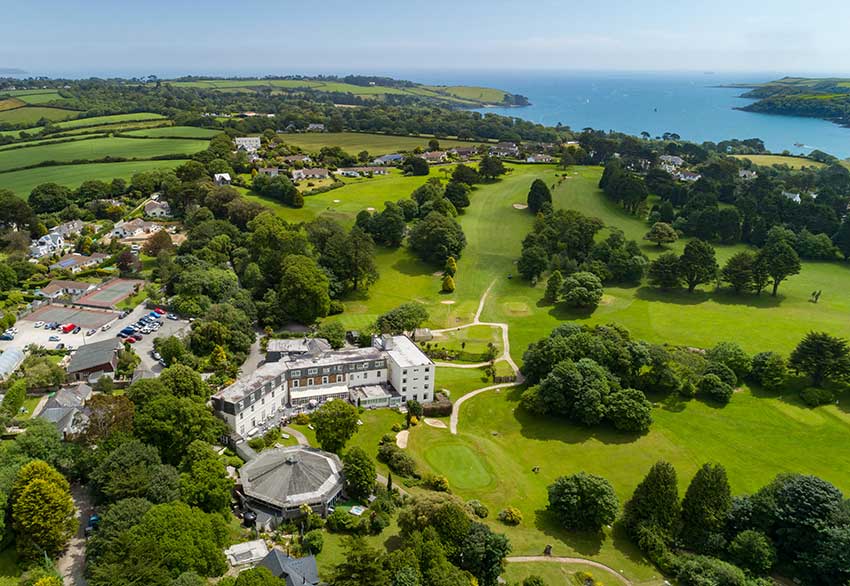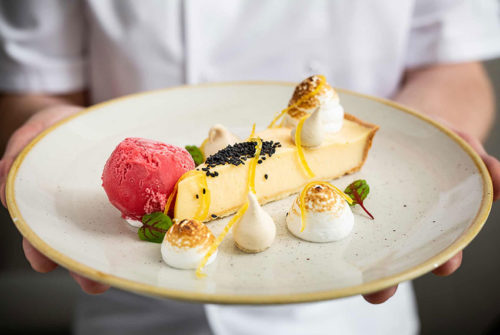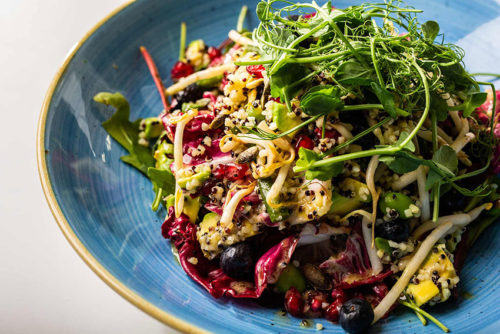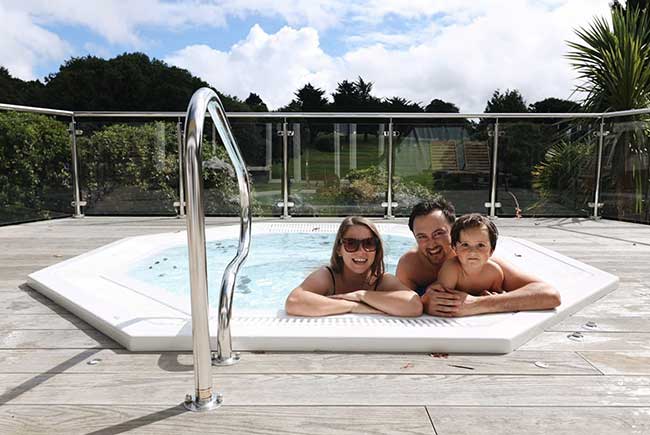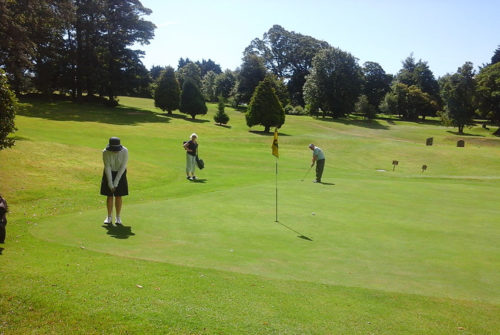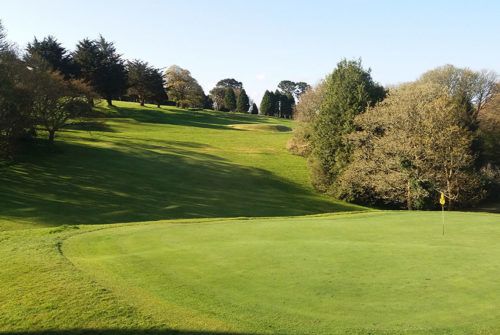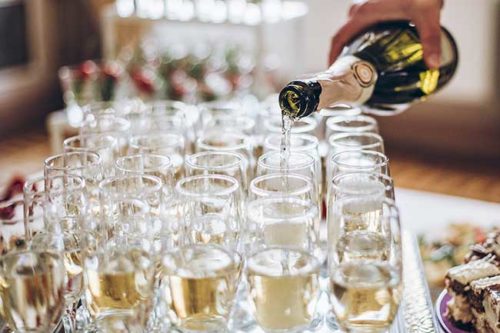News from Budock Vean
Uncovering Cornish Stories with Elizabeth Dale
We are delighted to be collaborating with local heritage writer and all-round fantastic person Elizabeth Dale. Each month Elizabeth will be uncovering some of the lesser-known stories of Cornish history, helping us to explore Cornwall from a new angle and she’ll be delving a little deeper into BV’s own fascinating past. Elizabeth, who was awarded Cornwall heritage Trust’s Heritage Champion Award in November 2022, has recently been on Channel 5’s My Cornwall with Fern Britton. In 2021 she contributed (& appeared in) ITV’s Julia Bradbury’s Cornwall and Devon Walks as well as taking Michael Portillo on a walk for Devon & Cornwall Walks … Elizabeth, we’re delighted to be working with you!
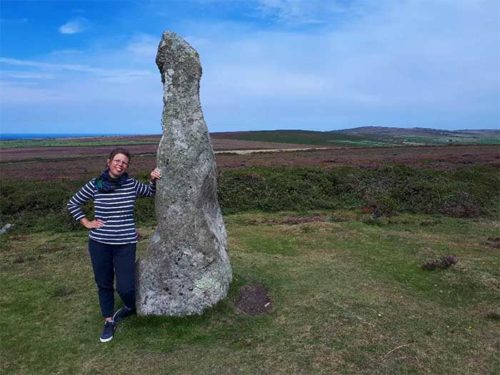
Virginia Woolf’s stay at Budock Vean by Elizabeth Dale
For centuries artists and writers have been drawn to Cornwall, though it is hard to pin-point exactly the qualities that exert this inexorable pull. Maybe it is the beauty of the countryside, the heady power of the sea, the balmy summers and wild winter storms or perhaps the myriad hard-rock folk living, forming, on this granite peninsula. Whatever it is, it is certain that Cornwall’s character was and is rich fodder for the imagination.
Legends of smugglers, pirates and long-lost kings have dripped from the pens of writers from Daphne Du Maurier and Thomas Hardy to Lord Tennyson and Robert Louis Stephenson. Kenneth Grahame found the inspiration for his most famous characters, Ratty and Mole, while messing about on a river at Lerryn. Lord Byron once wrote a comical poem describing the frenetic scenes he observed in Falmouth Harbour, while Beatrix Potter took pony and cart rides in the lanes around Budock and Constantine.
But beyond the provocative pull of the landscapes, the legendary saints and mysterious myths, there is something more. Cornwall has healing powers. It seems it can provide a writer, or indeed anyone, with a certain kind of solace. Many find it a curative place to be for both body and soul.
In her book on walking the south-west coastal path Raynor Winn, during the section through Cornwall, wrote that we are all “drawn to the edge, to a strip of wilderness where we [can] be free to let the answers come, or not; and to find a way of accepting life . . .”
In the early spring of 1936 Virginia Woolf’s husband, Leonard, and her doctor feared that she was on the brink of a complete nervous collapse. The effort of revising her latest book, The Years, was proving too much for her physical and mental well-being. The proofs of the book had arrived but she had refused to look at them for more than two months, forcing the costly postponement of its publication. She lay in bed for days on end, complaining of debilitating headaches. At last Leonard suggested a holiday in Western Scotland, a break for them both, but it seems that Virginia had other plans.
In early May the couple left Monk’s House in Sussex and drove to Cornwall. They headed first to the Falmouth area on the advice of Virginia’s nephew, the poet Julian Bell. She wrote him a note on the 2nd May 1936 saying “we are thinking of trying your Falmouth for a fortnight, driving down and pottering around.”
This was by no means Virginia’s first visit to Cornwall however, stories of her childhood holidays and her connections with the St Ives and Zennor areas are well-known. It is clear that she felt a deep connection to the area and her time spent close to the Cornish coast certainly influenced her writing. It seems that in times of trouble she recalled Cornwall’s power to heal and inspire her, its image slide into the pages of her books, most obviously finding space in Jacob’s Room, The Waves and To the Lighthouse.
In 1923 she wrote in her diary “It is a general sense of the poetry of existence that overcomes me. Often it is connected with the sea and St Ives.” So it seems only natural that as she struggled with her health in 1936 she would return to remedial Cornwall but sadly her fragile state means that there is much we will never know about this forgotten trip to Falmouth.
The Woolfs arrived at Budock Vean Hotel on the 13th May and the following day, sitting in the hotel lounge, Virginia wrote to her great friend, lover and fellow writer, Vita Sackville-West. Here’s a snippet of her note ;
“Dearest Creature,
It was very nice to see your blue envelope in the pigeon hole at Falmouth. I have been so cursed with headaches since Easter that I have hardly stirred my pen to address a letter . . . I wish God had screwed my head to my spine rather better – it is such an infernal nuisance dillying and dallying in bed and out . . . If all the old ladies and gentlemen weren’t pattering and chattering around me – I’m writing to a foxtrot in the lounge – I should fill at least 30 pages entirely with descriptions of Cornwall. My word, what a country! Why do we ever spend any part of our short lives in Sussex, Kent or London?
We dribble from bay to bay and have discovered an entirely lonely, virgin country – not a bungalow – only gulls foot prints on the sand. Here and there a castle, and an old man fishing in his river with the sea breaking behind ilex groves, and the rim of a green hill …We are just in from Coverack and the Manacles . . . Falmouth has a row of Penguin Edwardians [her book The Edwardians published in 1930] …
I only want to write poetry about the Atlantic.
We get back next week. Any chance of seeing you?
V.”
It isn’t clear how she and Leonard spent their days during their stay in Budock Vean, sadly Virginia, who usually kept a diary, stopped writing in it completely between 9th April and 11th June 1936.
However, beyond that magical image of foxtrotting couples in the lounge, we can surmise from the letter that they must have visited Falmouth town if Virginia saw her books in a shop there, and that they perhaps took one of the ferries over to the Roseland in order to visit Caerhays. The castle she mentions may be Pendennis or St Mawes, another outing perhaps, and a postcard she sent to her brother-in-law suggests that at least one day trip took them to Kynance Cove.
There was walking of course, presumably along the coastal path which took them from Budock Vean and then “from bay to bay” – Grebe to Porth Saxon, Maenporth and on to Swanpool perhaps?
They spent four or five days at the hotel before travelling to Zennor to stay with their friend, Katherine Arnold-Forster, at the Eagle’s Nest for three days, then Leonard and Virginia returned to Sussex around the 21st May.
After her time in Cornwall, and the restorative rest and recuperation at Budock Vean, Virginia’s health was much improved, though never fully recovered she found that she was able to work on her proofs for a short time each day. The Years, which would be the last book published in her lifetime, came out in 1937. It was very well received, becoming one of her most popular books, with one literary critic calling it “the finest novel she has ever written”.

